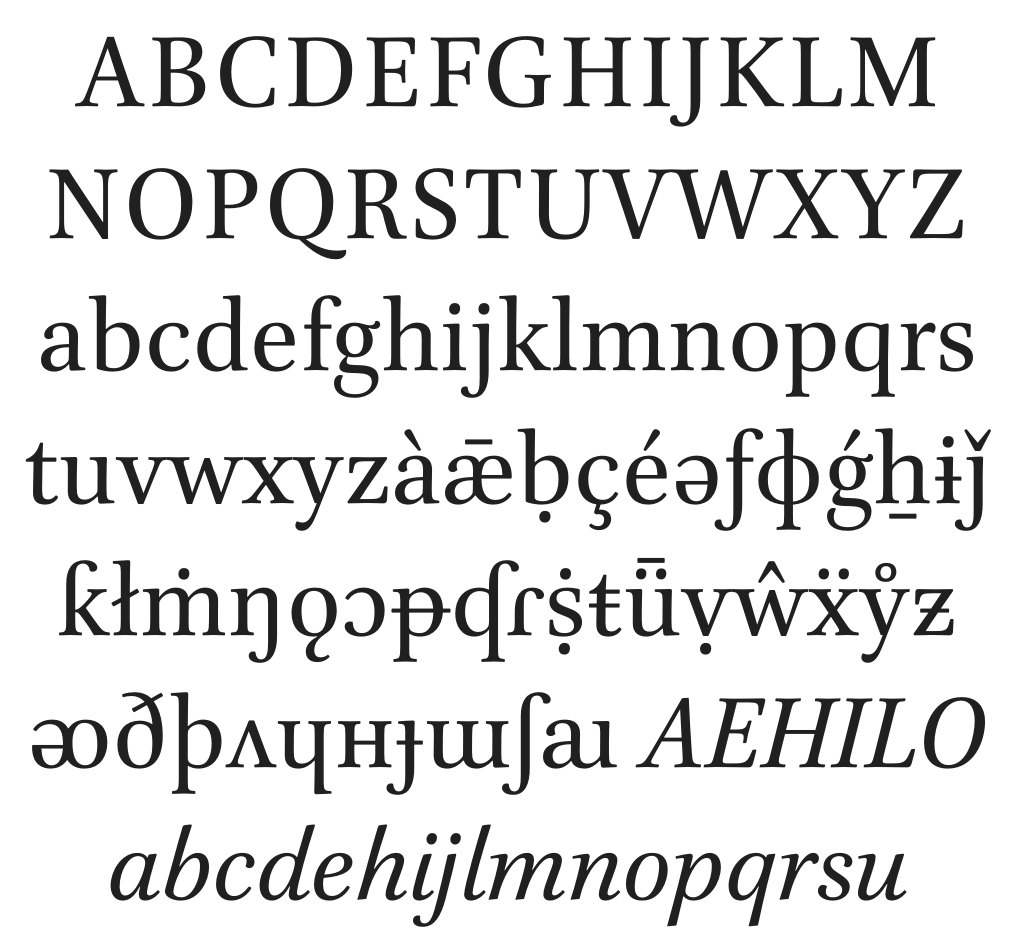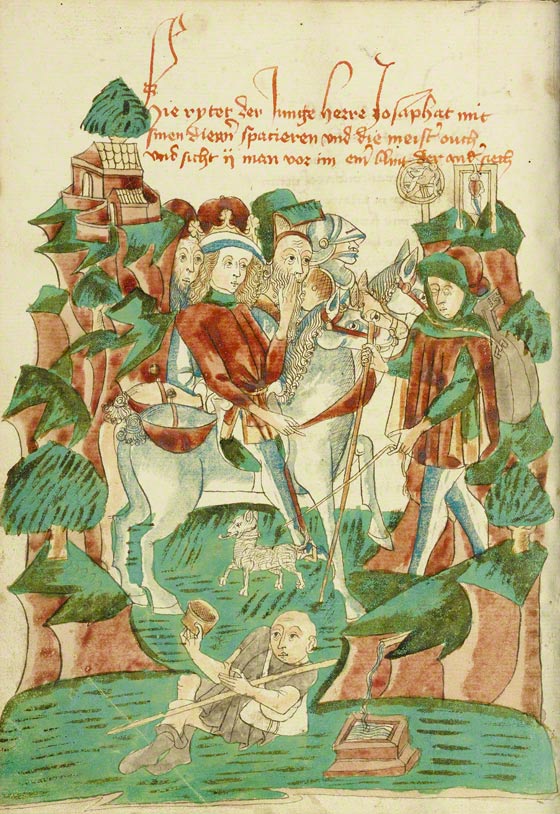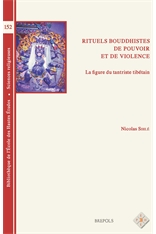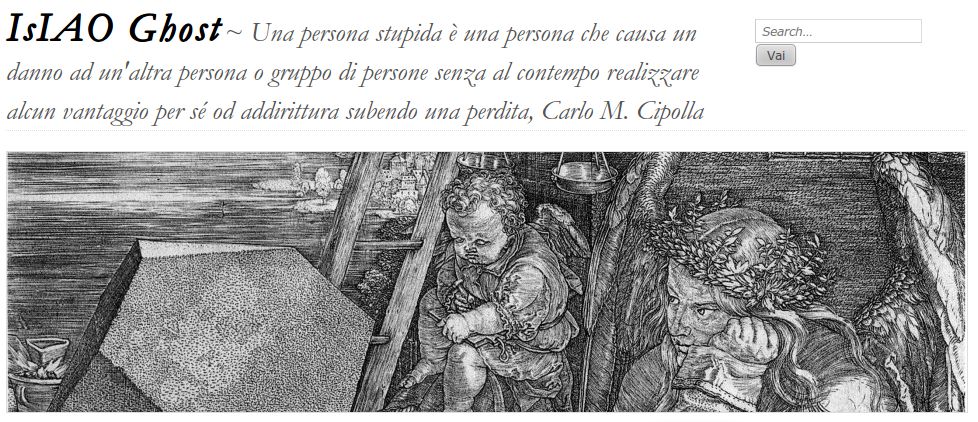Jeffrey Kotyk. 2017. ‘Buddhist Astrology And Astral Magic In The Tang Dynasty’. PhD Dissertation, Leiden University. [archive.org/details/buddhistastrologykotyk] [PDF] [author: @JeffreyKotyk]

Jeffrey Kotyk. 2017. ‘Buddhist Astrology And Astral Magic In The Tang Dynasty’. PhD Dissertation, Leiden University. [archive.org/details/buddhistastrologykotyk] [PDF] [author: @JeffreyKotyk]

Angelo Andrea Di Castro and David Templeman (eds). Asian Horizons: Giuseppe Tucci’s Buddhist, Indian, Himalayan and Central Asian Studies. Serie Orientale Roma CVI / Monash Asia Series. Melbourne: Monash University Publishing, April 2015. xxvi+613 pp. AUD$99. ISBN (pb): 978-1-922235-33-6; (epub): 978-1-922235-34-3.
Preface …… xi
Introduction …… xix
I
Gustavo Benavides. Giuseppe Tucci, Anti-Orientalist …… 3
Francesco D’Arelli. A Glimpse of some Archives on Giuseppe Tucci’s Scientific Expeditions to Tibet: 1929–1939 …… 16
Ruth Gamble. The problem with folk: Giuseppe Tucci and the transformation of folksongs into scientific artefacts …… 45
Alex McKay. ‘A very useful lie’: Giuseppe Tucci, Tibet, and scholarship under dictatorship …… 68
Francesco Sferra. The ‘thought’ of Giuseppe Tucci …… 83
II Continue reading “Di Castro & Templeman (eds), Asian Horizons (2015)”
久保田, 滋子 「チベット仏教の現代的展開に関する一考察 : ドイツとスイスを事例とし」 『哲學』 128 (2012. 3)
Kubota, Shigeko. ‘Thoughts on the modern aspects of Tibetan buddhism: the cases of Germany and Switzerland’. Tetsugaku No. 128, 2012, pp.403–445. [In Japanese; abstract / PDF]
At present, numerous Tibetan Buddhist groups exist in Europe and North America, but the Buddhism of these groups differ from the “customary Buddhism” that is an integral part of daily life for the Tibetans themselves. From the point of view of a Tibetan, the Buddhism of those groups are not a part of Tibetan culture but rather of Western culture, and are a form of Western religion like Christianity. […]
The Brill is a Unicode font containing most of the characters used to typeset Sanskrit in roman script. It’s based on Baskerville, which has been used widely in typesetting Brill’s books. From the official pamphlet:

It’s plain to see that it blows fonts like Gentium out of the water, though that certainly isn’t saying much. I don’t love The Brill; some of its features evoke Bulmer’s inelegant take on Baskerville, and it lacks breathing space (which was a design requirement, “allowing Brill to reduce its environmental footprint” – like that’s going to happen). Which is just as as well, because The Brill can only be used for non-commercial purposes – i.e., nowhere in a published PDF or in the browsed or printed page without prior written permission. If you agree, download it here.
Marina Toumpouri [academia.edu]. ‘L’illustration byzantine du Roman de Barlaam et Joasaph’. 3 vols., 792 pp. PhD diss., Université Charles de Gaulle (Lille), 2010.
A worthy study of some real Western Buddhism:
The Barlaam and Joasaph tale is a text of Buddhist inspiration which tells the story of the son of an Indian king, Joasaph, who, tired of mundane pleasures, is converted by the monk Barlaam and eventually becomes a monk. The Greek version of the Barlaam and Joasaph Romance, the work of Euthyme the Athonite (+1028), monk of Georgian origin, is datable between 975 and 987. The text is known to us in hundred and fifty nine manuscripts, among which six were illustrated, produced between the eleventh and the sixteenth century. The present work is dedicated to the study of the illustrated manuscripts.

 N. Sihlé. Rituels bouddhistes de pouvoir et de violence: La figure du tantriste tibétain. Bibliothèque de l’Ecole des Hautes Etudes, Sciences Religieuses (BEHE 152). Turnhout: Brepols, 2012. 300 p. ISBN: 978-2-503-54470-0. €70. [official site]
N. Sihlé. Rituels bouddhistes de pouvoir et de violence: La figure du tantriste tibétain. Bibliothèque de l’Ecole des Hautes Etudes, Sciences Religieuses (BEHE 152). Turnhout: Brepols, 2012. 300 p. ISBN: 978-2-503-54470-0. €70. [official site]
“Cette contribution importante à l’anthropologie du bouddhisme tibétain apporte un éclairage nouveau pour penser la violence de l’exorcisme et, à travers la dualité du moine et du tantriste, les champs religieux marqués par la présence de différentes formes de spécialisation religieuse.”
The Istituto Italiano per l’Africa e l’Oriente (IsIAO), standard bearer of the scholastic brilliance incarnated in Giuseppe Tucci, co-founder of its predecessor institution, is a walking ghost. Its liquidation has already been decreed. But this is a ghost that will not go quietly. Let me satiate the preta by linking to its disembodied voice: isiaoghost.wordpress.com.

A stupid person is a person who caused losses to another person or to a group of persons while himself deriving no gain and even possibly incurring losses.
It doesn’t take much imagination to see that this is directed at the bureaucrats who sacrificed Tucci’s and Gnoli’s legacy upon the unholy altar of economic irrationality. Come to think of it, though, it could equally apply to certain academics. “It is not difficult to understand how […] institutional power enhances the damaging potential of a stupid person,” Prof. Cipolla observes. How true!
(Thanks to A. for the pointer.)
In glorious detail:

With Japan and Europe now putting significant parts their manuscript holdings online — with only beneficial consequences, it seems — let us hope that our friends in China rapidly follow suit.
Link: http://gallica.bnf.fr/
Jan Fontein. Entering the Dharmadhātu: A study of the Gaṇḍavyūha reliefs of Borobudur. Studies in Asian Art and Archaeology 26. Leiden, Boston: Brill, 2012. ~240 pp. ISBN-13: 978-9004211223. €125. [official site]
 Entering the Dharmadhātu compares the complete set of panels with three early Chinese translations of Central Asian and Indian Sanskrit manuscripts of the Gaṇḍavyūha. This first identification of the entire series in English concludes with a discussion of the new perspectives on the meaning, symbolism, and architecture of Borobudur that a reading of the Gaṇḍavyūha suggests.
Entering the Dharmadhātu compares the complete set of panels with three early Chinese translations of Central Asian and Indian Sanskrit manuscripts of the Gaṇḍavyūha. This first identification of the entire series in English concludes with a discussion of the new perspectives on the meaning, symbolism, and architecture of Borobudur that a reading of the Gaṇḍavyūha suggests.
Old news for most:
Steinkellner, Ernst. ‘Opening speech: News from the manuscript department.’ In Krasser, Lasic, Franco & Kellner (eds)., Religion and Logic in Buddhist Philosophical Analysis: Proceedings of the Fourth International Dharmakīrti Conference, Vienna, August 23–27, 2005. Beiträge zur Kultur- und Geistesgeschichte Asiens Nr. 69. Vienna: Verlag der Österreichischen Akademie der Wissenschaften, 2011, pp.xvii–xxi. [PDF]
Briefly: the author of the Hetubinduṭīkātātparyavyākhyā (2d, p.xx), “a certain Jayabhadra (?)” is quite unlikely to have been “a scholar belonging to Nepalese royalty”; this would be unprecedented. At least one tantric commentary by an ācārya called Jayabhadra was preserved in Nepal, and I suppose it is not out of the question that this person had access to Bhaṭṭa Arcaṭa’s commentary, but I am unaware of any reference to him holding the post of rājaguru (a title which was not unknown in India).
Locating the original material doesn’t seem to be high on the agenda: “as of September 2007 the result has been: Nothing. (By the end of 2010: still no changes)” (p.xxi n.9). This is a surprising statement. On the one hand, the collaborators are accused, implicitly, of ineptitude; on the other, it is an admission that ‘our side’ cannot improve anything. Time to end the monopoly and hand the baton to someone who can get the job done.
Then there is the mention of several (Sanskrit?) pramāṇa texts on “Bhutanese paper”, p.xx, which also sounds weird.